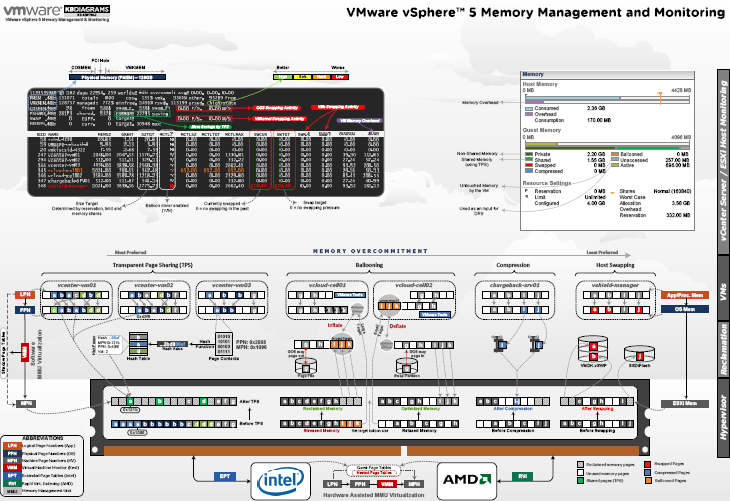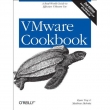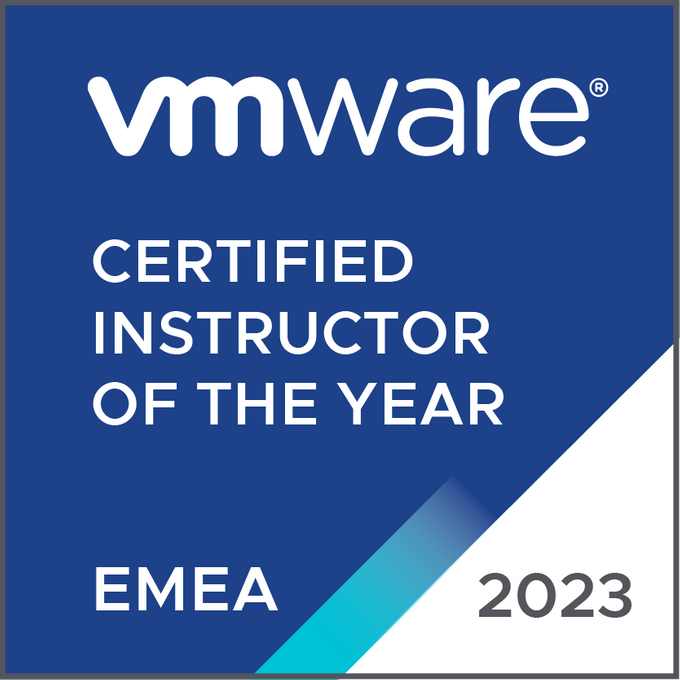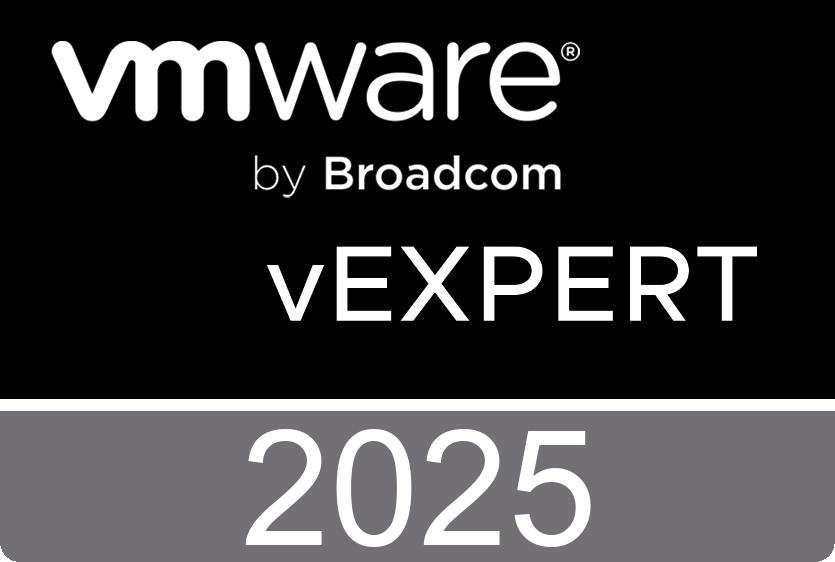 My virtualization friend Bas Vinken pointed me to a real great vCenter Operations 5 presentation created by Iwan ‘e1’ Rahabok (virtual-red-dot.blogspot.com) who's working as a VMware staff SE, Strategic Accounts in Singapore. It's available for download in PowerPoint format and I really would like to advise you to read the slide notes (they're awesome). The presentation serves 2 purposes, first it provides in-depth training for those who are learning or evaluating vCenter Operations 5 and second it provides materials that vCenter Ops champion can use to share with internal colleagues (e.g. storage team, app team, etc).
My virtualization friend Bas Vinken pointed me to a real great vCenter Operations 5 presentation created by Iwan ‘e1’ Rahabok (virtual-red-dot.blogspot.com) who's working as a VMware staff SE, Strategic Accounts in Singapore. It's available for download in PowerPoint format and I really would like to advise you to read the slide notes (they're awesome). The presentation serves 2 purposes, first it provides in-depth training for those who are learning or evaluating vCenter Operations 5 and second it provides materials that vCenter Ops champion can use to share with internal colleagues (e.g. storage team, app team, etc).
Friday, April 13. 2012
vCenter Operations 5 - Level 300 training
Thursday, April 12. 2012
vCloud networking explained in 1 slide and 52 animations
In this video you will learn how a vCloud Director network is constructed. The PowerPoint presentation "vCloud networking explained in 1 slide and 52 animations" is created by fellow VCI over at Tuukka Korhonen (itvirtuoosit.fi).
Port group backed network pools require preconfigured set of port groups either on a vNetwork distributed switch or on a standard vSwitch and port groups must be available on each ESX/ESXi host in the cluster. They need to be imported into vCloud Director when creating this network pool. This network pool is used in circumstances where vCenter cannot programmatically create port groups on the fly. Other scenarios when you want to use this network pool is when do not have vNetwork Distributed switches and want to use the Standard switch or when you want to use the Nexus 1000v switches. The port groups must be isolated at the layer 2 level from all other port groups. The port groups must be physically isolated or must be isolated using VLAN tags. Failure to properly isolate the port groups can cause a disruption on the network.
Unlike other types of network pools, a network pool that is backed by port groups does not require a vNetwork distributed switch and this is the only type of network pool that works with Cisco Nexus 1000V virtual switches. A network pool is backed by vSphere network resources such as VLAN IDs, port groups, or cloud isolated networks. Network traffic on each network in a pool is isolated at layer 2 from all other networks. Each organization vDC in vCloud Director can have one network pool. Meaning each Organization vDC can only be assigned to only one network pool. Multiple organization vDCs can share the same network pool but make sure that networks in the pool are isolated. Only system administrators can create and manage network pools.
vApp networks are used for connectivity of virtual machines within a vApp. A vApp can be connected to a vApp specific network or to an organization network. A vApp network isolates the virtual machines in that vApp from everything else; in that way, it is like an internal organization network, but is only used by that vApp. You can connect vApps to organization network to allow them to communicate with other vApps in that organization. When you connect a vApp to an organization network, determine whether you want a fence or direct connection. Fenced will allow you to have identical virtual machines to connect to organization networks without worrying about IP and MAC address conflicts. You can also have additional firewall rules added to protect virtual machines in the vApp. While direct connection will allow you to directly connect the vApp to the organization network.
Wednesday, April 11. 2012
VMware vSphere 5 Memory Management and Monitoring diagram

The VMware vSphere 5 Memory Management and Monitoring diagram provides a comprehensive look into the ESXi memory management mechanisms and reclamation methods. This diagram also provides the relevant monitoring components in vCenter Server and the troubleshooting tools like ESXTOP. Source KB: 2017642 kudos to Hany Michael
Saturday, April 7. 2012
Technical Whitepaper - Creating a foundation for Oracle as a Service
Migrating from a physical Data Center to a virtual Data Center creates challenges in terms of determining the best practices for deploying virtualized Oracle databases. This white paper illustrates EMC IT's framework for deploying virtualized Oracle databases. EMC IT's Oracle virtual deployment models are the foundation for the "as-a-Service" cloud deployment model.
Friday, April 6. 2012
New Book - VMware Cookbook: A Real-World Guide to Effective VMware Use
 If you want to gain insight into the real-world uses of VMware ESXi, this cookbook provides scores of step-by-step solutions for working with this product in a wide range of network environments. You'll not only learn the basics—how to pool resources from hardware servers, computer clusters, networks, and storage, and then distribute them among virtual machines—but also the stumbling blocks you'll encounter when you monitor systems, troubleshoot problems, and deal with security.
If you want to gain insight into the real-world uses of VMware ESXi, this cookbook provides scores of step-by-step solutions for working with this product in a wide range of network environments. You'll not only learn the basics—how to pool resources from hardware servers, computer clusters, networks, and storage, and then distribute them among virtual machines—but also the stumbling blocks you'll encounter when you monitor systems, troubleshoot problems, and deal with security.Written by experts with experience using VMware in a production environment, VMware Cookbook shares tips and tricks earned through trial and error, and supplies the background information you need to apply them.
- Follow best practices for installing VMware and vSphere in your environment
- Discover how to secure and monitor your network
- Understand disk, SSD, and SAN storage implementation and configuration
- Get solutions for using vCloud Director and vShield
- Configure logical and physical networks
- Learn how to clone and migrate servers
- Gain valuable tips for configuration and fine-tuning
- Use the distributed resource scheduler, shares, and resource pools to learn resource management
Wednesday, April 4. 2012
Webinar - vCloud Director, Nexus 1000V and VXLAN Technical Deep Dive
Today’s virtualized data center demands that multivendor solutions integrate and work together. VMware vCloud Director facilitates easier deployment of virtual machines to suit the scaling needs of a cloud-enabled data center. One of the key functions of vCloud Director is to provide networking as a managed, allocated resource. vCloud Director uses the advanced features of the Cisco Nexus 1000V Series Switch to provide a scalable, highly secure, and agile cloud solution for private enterprises as well as service providers.
Kendrick Coleman has also created a nice write-up: Implementing vCloud Director 1.5.1 and Cisco Nexus 1000v 1.5
Monday, April 2. 2012
Video Awesomeness - VMware has released 3 hours of free online training
You definitely have to check out this YouTube video channel I’ve compiled from recent video uploads of VMwareTV. VMware has released 3 hours of online VMware vSphere training material featuring Chris Skinner and Brian Watrous.



